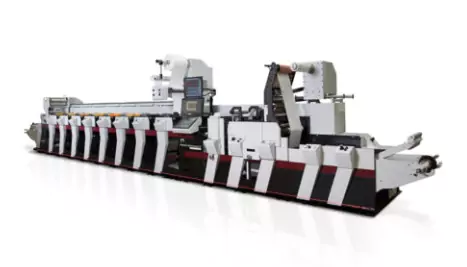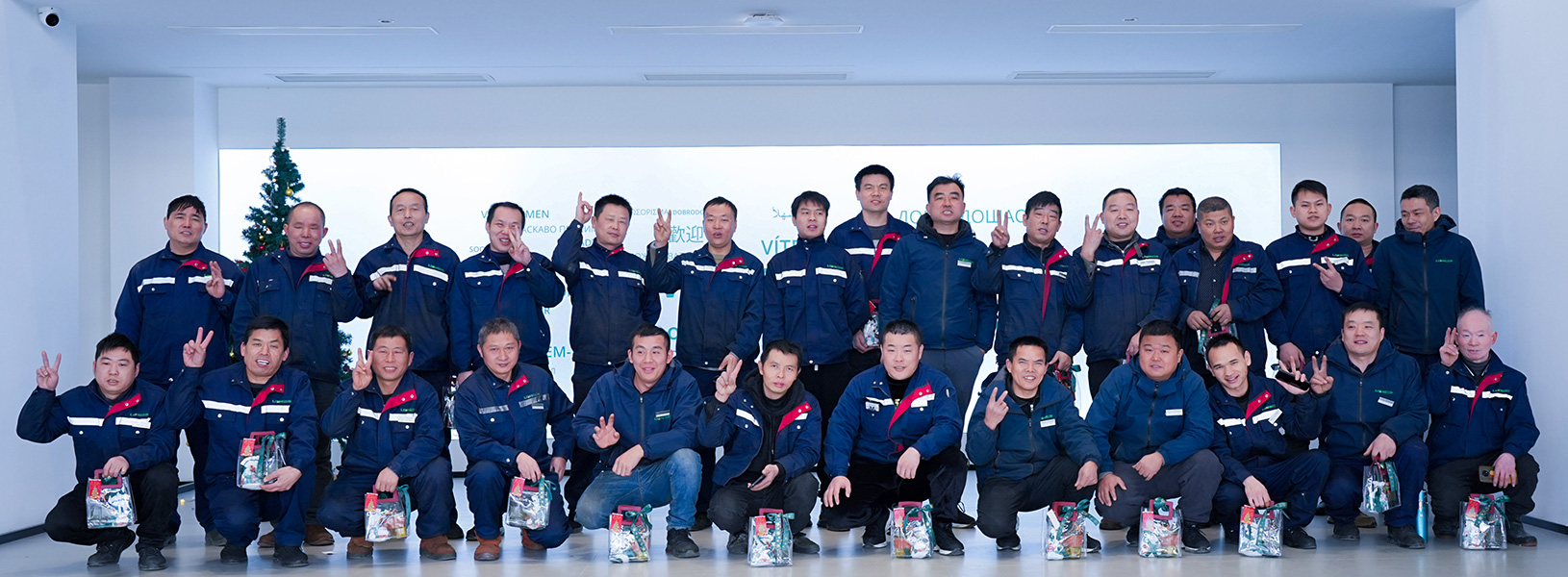
What Is the Future of Flexo Printing?
Flexographic printing, often called flexo printing, has been a dominant force in the packaging industry for decades. Known for its speed, versatility, and compatibility with a wide range of substrates, flexo continues to evolve in response to changing market demands, technological innovation, and sustainability goals.
But as we look ahead, what does the future hold for flexo printing? In this blog, we’ll explore the key trends shaping the future of flexographic printing, from automation and digital integration to environmental responsibility and innovation in ink and plate technologies.
Sustainability Will Drive Innovation
One of the most significant drivers for the future of flexo printing is sustainability. As brands and consumers demand eco-friendly packaging, flexo printers are under pressure to reduce waste, lower energy consumption, and switch to greener materials.
Emerging developments include:
-
Water-based and UV-curable inks replacing solvent-based options
-
Recyclable and compostable substrates becoming standard
-
Reduced setup waste through better plate technology and software optimization
Sustainability isn’t just a trend—it’s becoming a business necessity. Flexo printing is adapting quickly to stay relevant in this changing landscape.
Automation and Smart Presses Are Taking Over
The next generation of flexo presses is smarter, faster, and more precise. Modern flexo machines come equipped with:
-
AI-powered control systems for automatic register and color correction
-
Closed-loop inspection systems to detect defects in real time
-
Touchless setup features, reducing human error and setup time
Automation not only improves consistency and speed but also helps reduce labor costs—a key advantage in today’s competitive market.
Hybrid and Digital Integration
The line between flexographic and digital printing continues to blur. More and more converters are investing in hybrid presses—machines that combine the strengths of both technologies.
Why hybrid matters for the future:
-
Digital elements offer personalization, variable data, and short runs
-
Flexo provides speed and cost-efficiency for longer runs
-
Combining the two enhances flexibility without sacrificing quality
As customer demand diversifies, especially in e-commerce and customized packaging, hybrid technology is likely to become the new standard.
Advances in Plate and Ink Technology
High-definition plates and next-gen inks are revolutionizing print quality. Today’s flexo printing rivals offset and gravure in terms of clarity and precision, thanks to:
-
Flat-top dot plate technology for sharper images
-
Low-migration inks suitable for food and pharma applications
-
Faster curing inks for higher production speeds
These improvements not only elevate visual appeal but also reduce press downtime and improve substrate compatibility.
Flexo Printing in the Era of Smart Packaging
With the rise of smart packaging—QR codes, NFC chips, and printed electronics—flexo must adapt. Fortunately, flexo’s ability to print on a variety of materials makes it well-suited for these innovations.
In the future, expect to see:
-
Integration with smart labels and traceability tech
-
On-press variable data capabilities
-
Printable conductive inks for interactive packaging
Flexo printing will play a crucial role in making smart packaging scalable and cost-effective.
Training and Workforce Evolution
As automation grows, the flexo industry also faces a skills transformation. Operators need to be as comfortable with software and data analysis as they are with mechanical processes.
To remain competitive, printing companies are:
-
Investing in digital training
-
Collaborating with press manufacturers for support programs
-
Emphasizing technical certifications and apprenticeships
The workforce of tomorrow will be a blend of printing technicians, data analysts, and automation specialists.
Conclusion
The future of flexo printing is not a decline—it’s a transformation. By embracing sustainability, automation, hybridization, and smart packaging integration, flexo printing is poised to thrive in the next era of industrial printing.
As brands continue to demand speed, quality, flexibility, and environmental responsibility, flexo printing stands ready to deliver—all while evolving into a more intelligent and adaptive technology.




